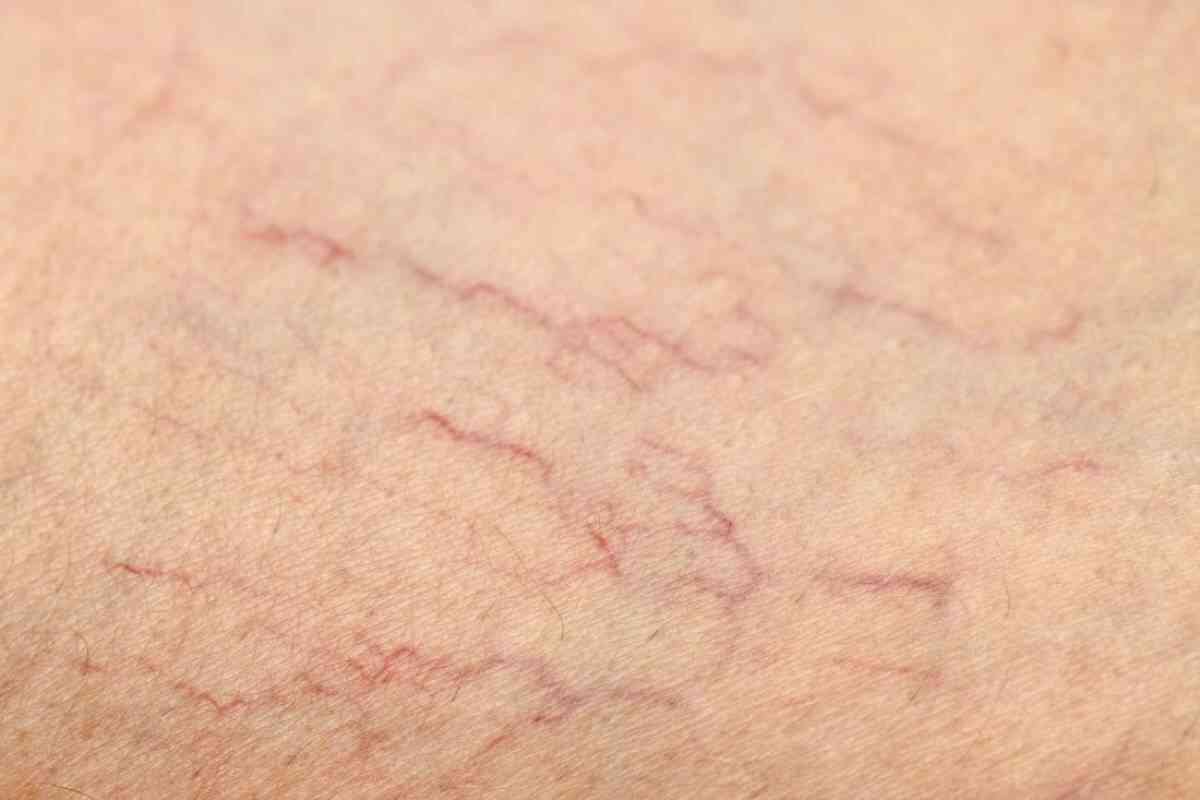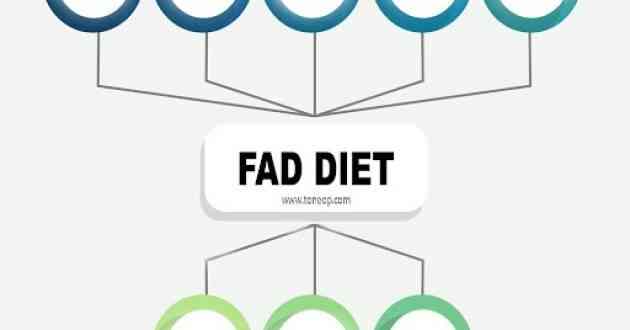6 Myths About Spider Veins That You Should Be Aware Of
- - Category: Diseases & Conditions
- - 17 Jun, 2022
- - Views: 718
- Save

Spider Veins
Visible veins beneath the skin are rather frequent! There are a number of variables that might raise your risk of developing spider or varicose veins. They are most likely a product of genetics and might be an indication of poor circulation or varicose veins.
Because spider and varicose veins have been a problem for so long, there are a lot of misconceptions regarding them. For example, wearing high heels and crossing your legs might trigger these vein problems. It's also often believed that spider veins can appear at any age and can be treated at any time, despite the fact that becoming older increases your risk significantly. Here is a list of six myths about spider veins that you should be aware of.
1. Spider veins are not harmful
Spider veins are the result of faulty valves in the circulatory system. They're usually not harmful when they're mild, but blockages in your vascular valves can be quite deadly over time, especially when they're combined with a blood clot.
Blood clots, bleeding, blood pooling, bruising, swelling, and other symptoms can all be reduced with treatment techniques that remove malfunctioning veins and reroute blood flow through healthy veins.
2. Spider veins are the same as varicose veins
The presence of red, purple, or blue vein networks near the skin's surface characterizes this disorder. They resemble tree branches or spider webs, as their name suggests. They might be present on the legs or face in little or big areas. Varicose veins are bigger and elevated or protrude from the surface of the skin.
3. Spider veins appear from sitting cross-legged
Obesity, as well as heredity, might contribute to a person's predisposition to spider veins. Working as a nurse or a hairstylist, for example, might raise your chances of developing this ailment. Pregnancy, birth control pills, and postmenopausal hormone replacement may all raise a woman's risk of developing this problem. Crossing your legs when sitting or wearing high heels, contrary to common opinion, are not factors that lead to this issue.
4. Spider veins are painless
Even though varicose veins are more likely to require treatment, it doesn't mean that spider veins aren't bothersome. Spider veins are unsightly and might feel as though they are burning. If they hurt, they may also be elevated higher than normal, which should be discussed with your doctor since it might indicate a more serious underlying condition.
5. There is no treatment for spider veins
Spider veins can be treated or controlled at home with compression socks and stockings. You can, for example, be exposed to powerful pulsed light (IPL). IPL is a photorejuvenation therapy that uses noninvasive light to cure damaged skin without disrupting the skin's surface. Spider veins' tiny blood channels absorb light, which causes them to heat up and shut down.
The alternative option is sclerotherapy. Sclerotherapy involves injecting a solution into the problematic veins using a syringe, forcing them to shut and blood to reroute through other, healthy veins.
6. Treatment for spider veins is too costly
When compared to IPL, which might be more expensive and require many treatments, sclerotherapy is the less expensive treatment for spider veins. Sclerotherapy is often a considerably more cost-effective choice if you're a good candidate for it because laser treatment might take several appointments before you receive the results you want.
IPL, on the other hand, is more effective for some persons or in some spider vein sites. It is possible and essential to treat spider veins in order to avoid more significant problems in the future.



